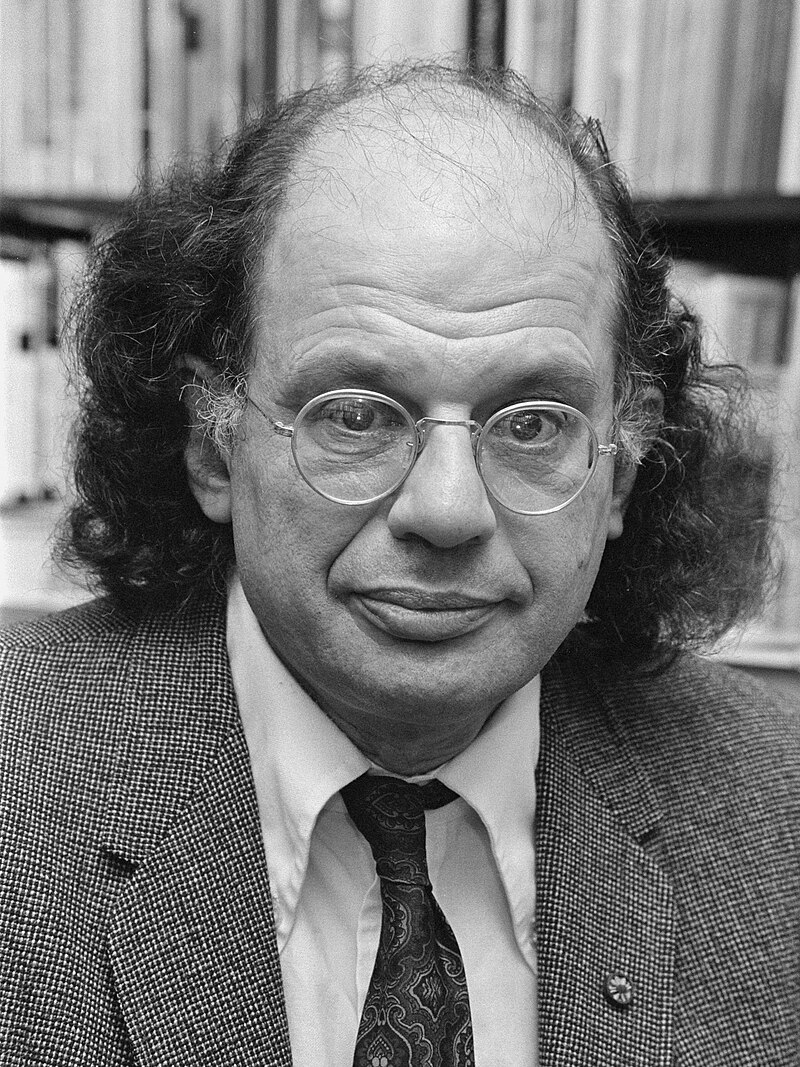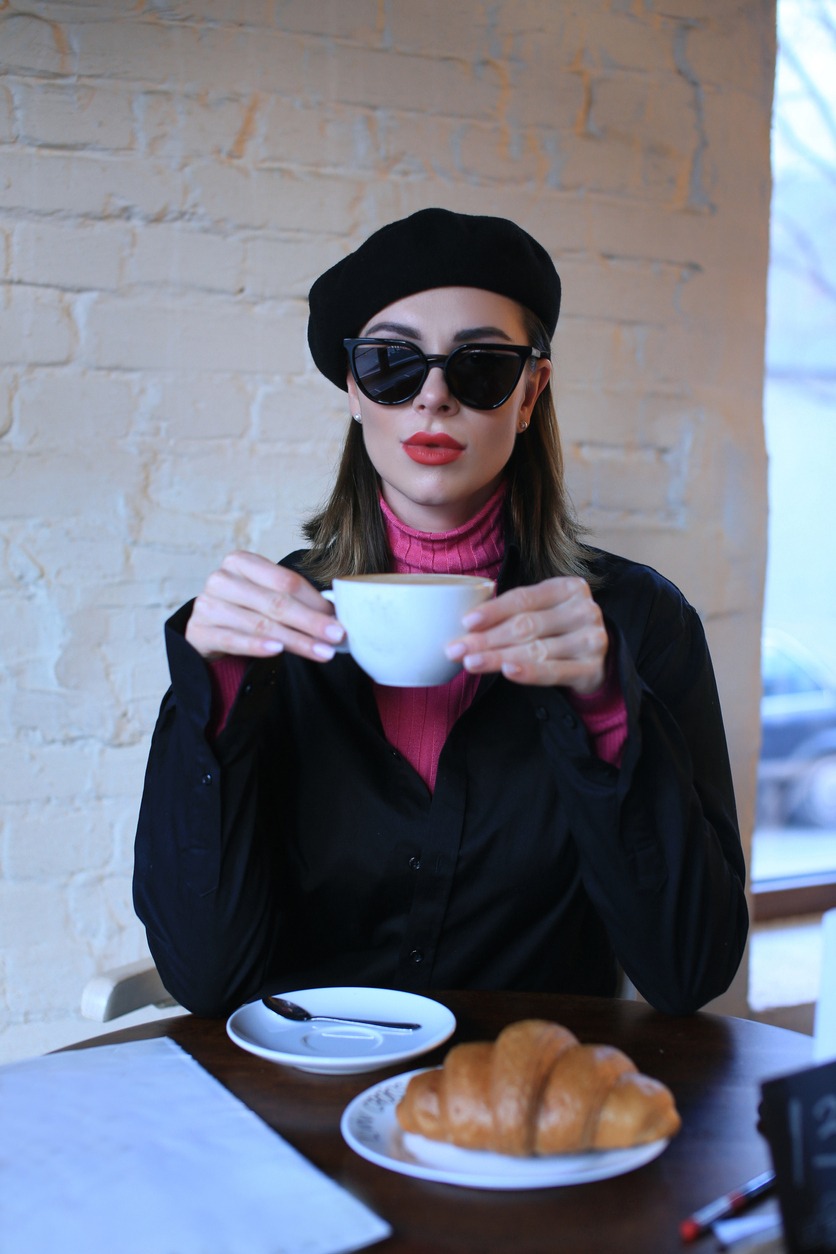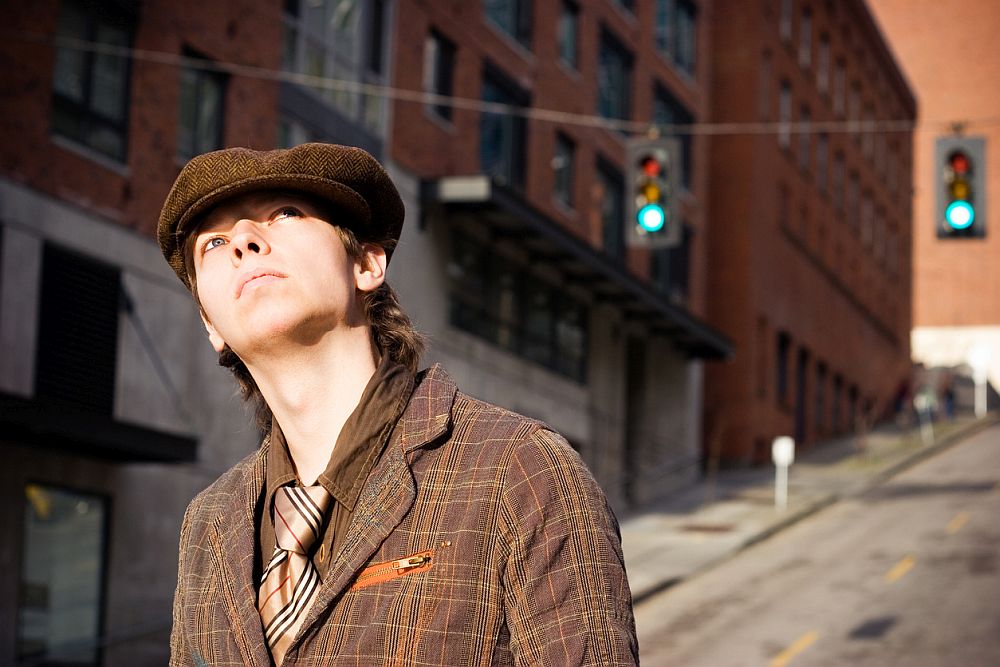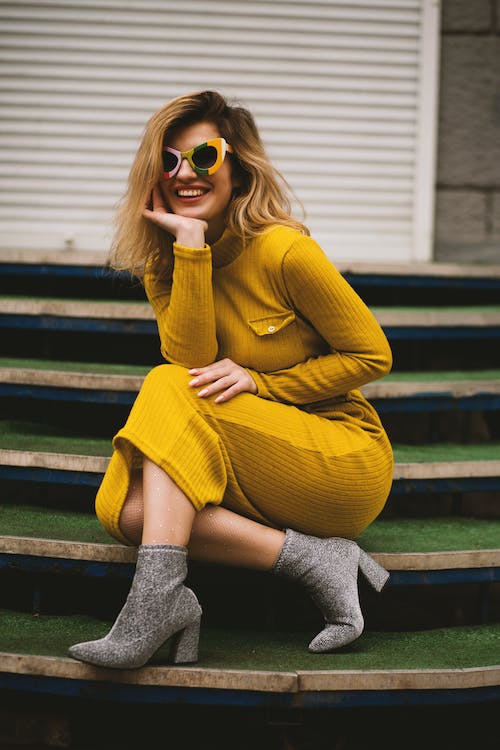In the 1960s, the beatnik style emerged as a significant countercultural movement that strongly influenced American culture. A successor to the Beat Generation of the 1950s, beatniks carved out a distinct niche within the social fabric of the time. They adopted an avant-garde lifestyle that positioned itself in stark contrast to the prevailing conformity and materialism of the post-war era. The beatniks were progressive thinkers who made their mark not only through their behavior and beliefs but also through their unique fashion statements which garnered as much attention as their literary and artistic contributions.
The beatnik aesthetic was an integral part of the ethos, an external expression of their nonconformist ideals. Men and women in the beatnik scene were often seen donning black turtlenecks, striped shirts, slim trousers, and berets—a look influenced by the simplicity yet sophistication of French bohemian artists. This minimalist, somewhat androgynous style became a uniform of sorts for those involved in the movement. The fashion choices were part of a larger statement that sought to reject mainstream values and create an alternate narrative through literature, poetry, music, and other forms of artistic expression. Notable figures such as Bob Dylan, Andy Warhol, and Allen Ginsberg not only contributed to the movement’s intellectual and creative spirit but also became style icons who embodied the beatnik image.
The widespread appeal of the beatnik lifestyle and its associated style in the 1960s sparked a broader dialogue about societal norms and personal freedom, eventually influencing other subcultures and the broader realm of fashion. The beatniks’ choice of simple, functional clothing reflected a deeper yearning for authenticity and personal expression amidst a societal backdrop that favored uniformity. As a visible marker of their countercultural stance, beatnik fashion was more than just a trend—it was a visual manifestation of a radical social movement that sought to redefine the boundaries of American culture.
Historical Context and Origins
The Beatnik movement emerged from a post-World War II America as a countercultural phenomenon that challenged the norms of a conservative society through its literature, music, and distinctive fashion. Here is how.
Literature and Philosophy
The Beat generation, a precursor to the Beatniks, was marked by the profound works of Allen Ginsberg and Jack Kerouac. Ginsberg’s Howl shattered the conventional poetic form with raw, unfiltered language, rebelling against societal norms and political conservatism. Meanwhile, Kerouac’s On the Road became a cornerstone of Beat literature, celebrating notions of freedom and introspection over materialistic values, and it coined the term “Beat generation” in John Clellon Holmes’s essay This is the Beat Generation.
Influence of Jazz and Music
The Beatniks deeply resonated with the improvisational nature of Jazz. Jazz symbolized spontaneity and freedom, essential components of the beatnik worldview. Musicians’ resistance to structured melody paralleled the Beatniks’ defiance of systematic societal constraints and the embrace of personal freedom and expression.
Fashion and Society’s Rebellion
Fashion among Beatniks reflected their contempt for conformity. Classic beatnik style consisted of dark shades, often black clothes, and included simple items like turtlenecks, berets, and sunglasses. This choice of attire served both as an act of rebellion and an identifier within the subculture. They stood in stark contrast to the bright, optimistic fashions of post-war America, signaling their dissent from the conservative milieu of the 1950s.
Iconic Beatnik Fashion Elements
Beatnik fashion of the 1960s is characterized by its distinctive, understated elegance and rebellion against the brightly colored mainstream fashion of the 1950s. The look emphasized dark hues, especially black, and aimed for simplicity with a touch of intellectualism.
Typical Male Attire
Men in the Beatnik scene commonly favored black turtlenecks or stripe-shirts, pairing them with skinny jeans or cigarette pants to achieve a slim silhouette. Leather jackets were also a staple, adding a tough, edgy vibe to the overall minimalist aesthetic. This simple yet bold apparel often set them apart as a non-conformist group within society.
Women’s Beatnik Style
For women, the Beatnik look consisted of similar foundations; black leotards were paired with slim-fitting bottoms. Shift away from elaborate attire, they often mirrored the men’s fashion style with black turtlenecks and skinny jeans. The aesthetic was a blend of femininity and androgyny, showcasing an elegant yet comfortable approach to everyday wear.
Accessories and Detailing
Accessories played a vital role in the Beatnik style, with the black beret becoming an iconic symbol of the movement. It wasn’t just a fashion statement but also a nod to French artistic influences. Other detailing included simple yet bold elements like a black leather jacket over a roll neck, which helped elevate the simplicity of the black garments to a more distinctive level, reflecting the Beatniks’ artistic and philosophical leanings.
Key Figures and Cultural Influences
The Beatnik movement of the 1960s was a symphony of rebellious literary work, iconic style expressions, and vibrant artistic endeavors. Influential personalities in literature, film, music, and art defined the era and left an indelible mark on culture.
Literary Icons
Leading the literary forefront of the Beatnik movement were Allen Ginsberg and Jack Kerouac. Ginsberg’s groundbreaking poem, Howl, became a manifesto for the Beat generation, challenging societal norms and conventions. Kerouac’s novel, On the Road, defined a generation with its stream of consciousness style and themes of existentialism.
Fashion and Film
The Beatnik style became synonymous with a distinctive look that filtered into mainstream fashion and film. Audrey Hepburn’s role in Stanley Donen’s Funny Face and Jean Seberg in Breathless sported the Beatnik aesthetic. Slim pants, black turtlenecks, and berets were popularized, encapsulating the nonconformist and intellectual spirit of the era.
| Fashion Icons | Notable Films |
|---|---|
| Audrey Hepburn | Funny Face |
| Jean Seberg | Breathless |
Music and Art
Bob Dylan, The Beatles, and Andy Warhol were prominent figures who expanded the influence of the Beatniks beyond literary circles. Dylan’s folk music with social and political themes echoed Beat values. The Beatles’ experimental approaches to music and style were reflective of the Beat ethos. Andy Warhol’s pop art blurred the lines between commercial and fine art, aligning with the Beatnik’s challenge to the status quo.
| Musical Influences | Artistic Influences |
|---|---|
| Bob Dylan | Andy Warhol |
| The Beatles | Jazz |
| Jazz | Painting |
Jazz music, as a major art form, permeated through the movement, influencing the rhythm and improvisation in Beat poetry and becoming a soundtrack for the Beat lifestyle. The interplay between jazz and Beat literature was significant, with jazz inspiring the cadence of their writings and readings. Meanwhile, in the realm of painting, abstract expressionism shared common ground with Beatnik ideals through its spontaneous and non-conformist nature, making art an integral part of the cultural milieu.
Lifestyle and Social Impact
The Beatnik style in the 1960s was not just about fashion; it was a comprehensive lifestyle that signified a social impact through self-expression and understated simplicity. It stemmed from a yearning for personal authenticity and a palpable sense of rebellion against mainstream society.
Daily Life and Attitudes
Daily Life: Beatniks led lives that championed non-conformity and artistic expression. Their daily routines were often unstructured and spontaneous, reflecting a free-spirited nature.
- Artistic Pursuits: Many immersed themselves in the creation and appreciation of art, such as literature, poetry, and jazz.
- Minimalism: In terms of material possessions, an understated and simple lifestyle was preferred, signaling a detachment from the consumerist values of the time.
Attitudes: Central to the Beatnik way of life was a distaste for societal norms.
- They fostered attitudes of skepticism towards mainstream culture.
- Personal freedom and unfettered self-expression were held as ideals.
Relationship with Other Subcultures
Beat Movement: The Beatnik subculture was closely related to the Beat movement, which had a symbiotic relationship as both a literary and social phenomenon. Its proponents were often writers and philosophers who fueled the ideological backbone of the Beatnik lifestyle.
Hippies: There was a transition and overlap where the non-conformist values of Beatniks laid the groundwork for the subsequent hippie subculture.
- Fashion Influence: Hippie fashion borrowed elements from the Beatnik style, echoing a preference for simplicity and comfort with a stronger emphasis on colorful and psychedelic patterns.
- Shared Values: Both subcultures valued openness, anti-war sentiments, and counter-cultural philosophies, yet the Beatniks were often seen as more somber and introspective compared to their more vibrant and socially active hippie counterparts.
Legacy and Lasting Influence
The enduring impact of 1960s Beatnik style is evident in contemporary fashion where echoes of minimalist aesthetics and iconic clothing items persist.
Modern Fashion
Sartorial choices from the Beatnik era have been revived and reinterpreted in today’s fashion trends, revealing the timeless appeal of the 60s. Bold minimalist designs remain a staple, with the striped t-shirt being a direct descendant of Beatnik sensibilities. Its simple yet striking pattern serves as a versatile piece that complements the understated sophistication of current trends.
Classic flats, another hallmark of the 60s, retain their appeal for their comfort and ease of styling, bridging the gap between formal and casual wear. The mod look, characterized by its clean lines and often monochromatic palette, has seen a revamp, merging seamlessly with the minimalist trends that dominate fashion runways.
Wayfarer-style sunglasses, a quintessential Beatnik accessory, continue to influence eyewear fashion with their timeless shape and association with artistic and cultural sophistication.
Related Concepts in Film, Literature, and Art
The 1960s Beatnik style not only influenced fashion and lifestyles but also left an indelible mark on various forms of creative expression, particularly in film, literature, and the art scene. Thematic elements of this subculture were masterfully captured and reflected in these mediums, mirroring the non-conformist and avant-garde sensibilities that defined the era.
Cinematic Portrayals
The Beat Generation’s essence was notably captured in films like “Pull My Daisy” (1959), which showcased the improvisational style aligned with Beatnik spontaneity. The New York Times reviewed such films, highlighting their departure from mainstream cinema and focus on characters that embodied Beat attitudes, often filmed in settings such as New York jazz clubs and French bars that were integral to Beatnik culture.
Literary Works
Central works of Beat literature served as touchstones for Beatnik philosophy and aesthetics. Jack Kerouac’s “On the Road” is an exemplar, with its stream-of-consciousness prose echoing the movement’s call for spiritual liberation and exploration, suggesting a metaphorical travel through life’s experiences. Allen Ginsberg’s “Howl,” with its raw and rebellious tone, similarly became a manifesto reflecting the Beatnik cultural landscape.
Artistic Movements
In painting and the broader visual arts, the Abstract Expressionism movement paralleled Beatnik ideals with its embrace of spontaneity and individualism. Expansive canvases by artists like Jackson Pollock became visual analogs to Beat poetry, eschewing formal structure in favor of expressive, unrestrained content. This movement, prominent in bohemian hubs like Greenwich Village, was a key aesthetic counterpart to the literary and cultural facets of the Beat Generation.






